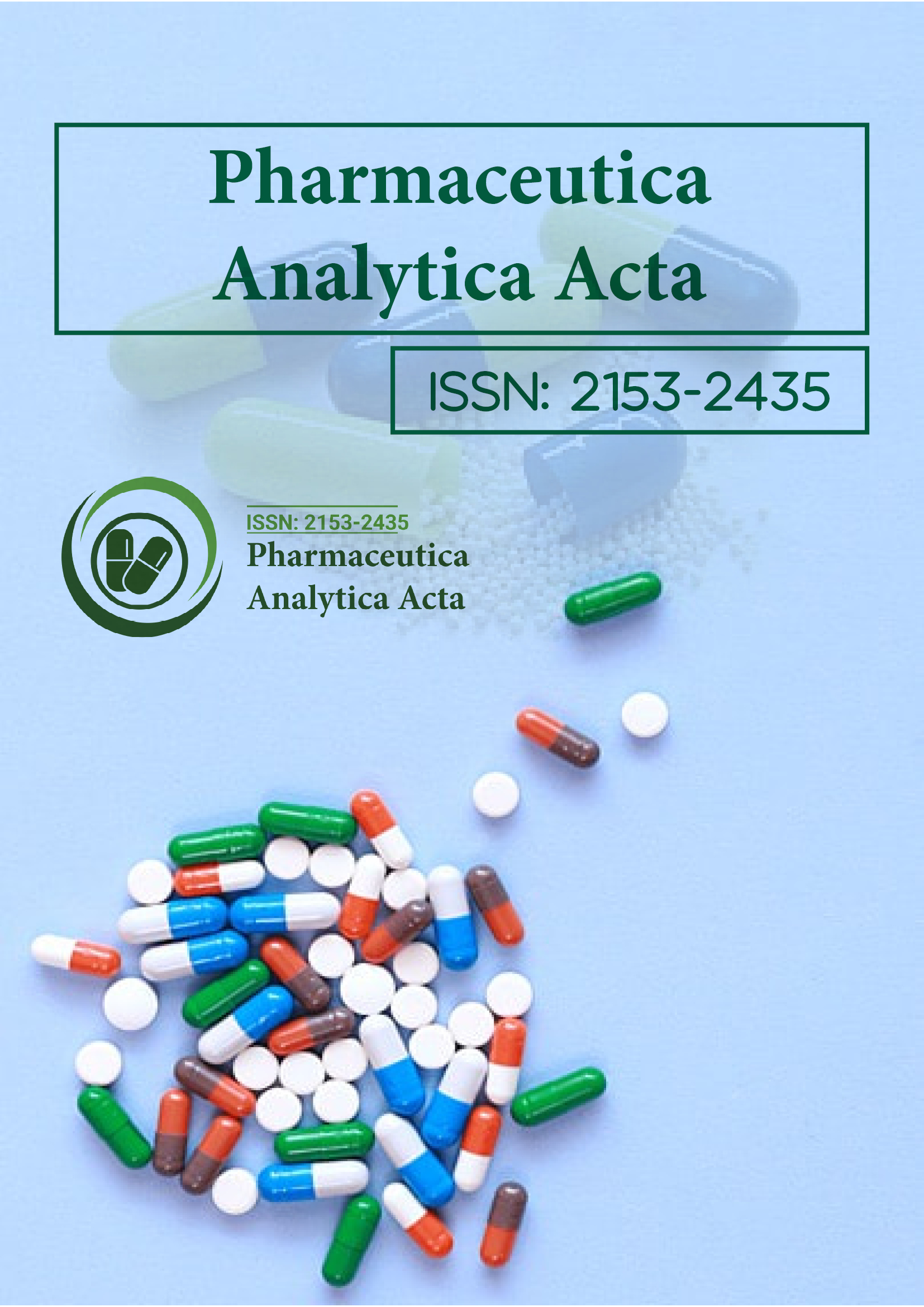зҙўеј•дәҺ
- жү“ејҖ J й—Ё
- Genamics жңҹеҲҠжҗңзҙў
- еӯҰжңҜй’ҘеҢҷ
- жңҹеҲҠзӣ®еҪ•
- е…ЁзҗғеҪұе“Қеӣ еӯҗ (GIF)
- дёӯеӣҪзҹҘзҪ‘пјҲCNKIпјү
- д№Ңе°”йҮҢеёҢзҡ„жңҹеҲҠзӣ®еҪ•
- еҸӮиҖғжҗңзҙў
- е“Ҳе§ҶиҫҫеӨ§еӯҰ
- дәҡеҲ©жЎ‘йӮЈе·һEBSCO
- OCLC-WorldCat
- жҷ®еёғйҡҶж–Ҝ
- ж—ҘеҶ…з“ҰеҢ»еӯҰж•ҷиӮІдёҺз ”з©¶еҹәйҮ‘дјҡ
- 欧жҙІй…’еҗ§
- и°·жӯҢеӯҰжңҜ
жңүз”Ёзҡ„й“ҫжҺҘ
еҲҶдә«жӯӨйЎөйқў
жңҹеҲҠдј еҚ•

ејҖж”ҫиҺ·еҸ–жңҹеҲҠ
жҠҪиұЎзҡ„
“е…ЁеңЁжҖқжғідёӯ”пјҹ17β-йӣҢдәҢйҶҮпјҲEstredoxпјүзҡ„и„‘йқ¶еҗ‘еҢ–еӯҰиҫ“йҖҒзі»з»ҹдә§з”ҹжҳҫи‘—зҡ„еӯҗе®«еўһз”ҹеүҜдҪңз”ЁгҖӮ
Katalin Prokai-TatraiгҖҒSzabolcs SzarkaгҖҒVien NguyenгҖҒFatima SahyouniгҖҒCary WalkerгҖҒShastazia WhiteгҖҒTatjana Talamantes е’Ң Laszlo Prokai
еңЁиҝҷйҮҢпјҢжҲ‘们йҮҚж–°е®Ўи§ҶдәҶеҗҚз§°еҘҮзү№зҡ„ж°§еҢ–иҝҳеҺҹеҢ–еӯҰиҫ“йҖҒзі»з»ҹжҰӮеҝөгҖӮй•ҝжңҹд»ҘжқҘпјҢдәә们дёҖзӣҙеЈ°з§°иҝҷз§ҚзӢ¬зү№зҡ„еүҚиҚҜж–№жі•иғҪеӨҹе°Ҷе…·жңүеӨҡз§ҚжңүзӣҠдёӯжһўж•Ҳеә”зҡ„ 17β-йӣҢдәҢйҶҮ (E2) йқ¶еҗ‘еҲ°еӨ§и„‘дёӯпјҢиҖҢдёҚдјҡдә§з”ҹжңүе®ізҡ„еӨ–е‘ЁжҝҖзҙ жҡҙйңІгҖӮдҪҝз”Ёе®Ңе–„зҡ„еҚҸи®®жқҘзӣ‘жөӢ E2 зҡ„жҠ—жҠ‘йғҒж ·дҪңз”ЁпјҢжҲ‘们表жҳҺпјҢе°Ҷиҝҷз§ҚеҢ–еӯҰиҫ“йҖҒзі»з»ҹдёҺзҫҹдёҷеҹә-β-зҺҜзіҠзІҫ (еҚі Estredox) з»“еҗҲдҪҝз”ЁпјҢзЎ®е®һдјҡеңЁеҚөе·ўеҲҮйҷӨе°Ҹйј дёӯеј•еҸ‘зҹӯжҡӮзҡ„жҠ—жҠ‘йғҒж ·иЎҢдёәгҖӮеҗҢж—¶пјҢеҚідҪҝжҳҜжҖҘжҖ§еүӮйҮҸзҡ„зІҫеҝғзәҜеҢ–зҡ„еҢ–еӯҰиҫ“йҖҒзі»з»ҹд№ҹдјҡеңЁз»ҷиҚҜеҗҺж•°еӨ©еҶ…дә§з”ҹжҳҫи‘—зҡ„еҫӘзҺҜ E2 ж°ҙе№іе’Ңеӯҗе®«еўһз”ҹеүҜдҪңз”ЁгҖӮжҲ‘们иҝҳйҰ–ж¬ЎйҖҡиҝҮж¶ІзӣёиүІи°ұдёҺдёІиҒ”иҙЁи°ұжі•жҳҺзЎ®иЎЁжҳҺпјҢдёҺеҜ№з…§з»„зӣёжҜ”пјҢжҺҘеҸ— Estredox жІ»з–—зҡ„еҠЁзү©зҡ„еӯҗе®«еҗ«жңүеӨ§йҮҸ E2гҖӮ Estredox еёҰжқҘзҡ„иҝҷдәӣиҝ„д»Ҡе°ҡжңӘжҡҙйңІдҪҶйҮҚиҰҒзҡ„еӨ–е‘ЁеүҜдҪңз”ЁиҰҒжұӮеҜ№йҖҡиҝҮеҢ–еӯҰиҫ“йҖҒзі»з»ҹж–№жі•еҜ№жҝҖзҙ зҡ„еӨ§и„‘йқ¶еҗ‘зЁӢеәҰиҝӣиЎҢеҪ»еә•е’Ңе…¬жӯЈзҡ„йҮҚж–°иҜ„дј°гҖӮ